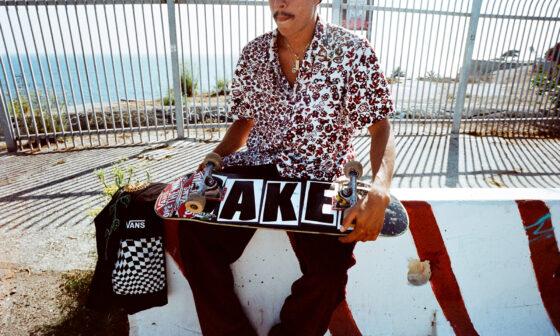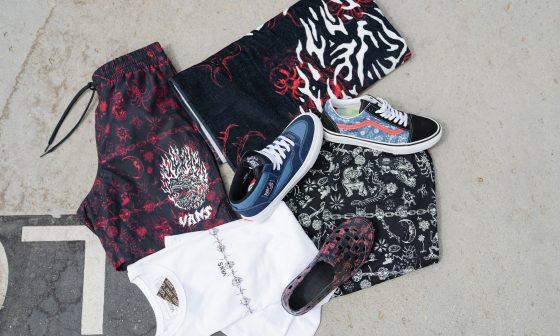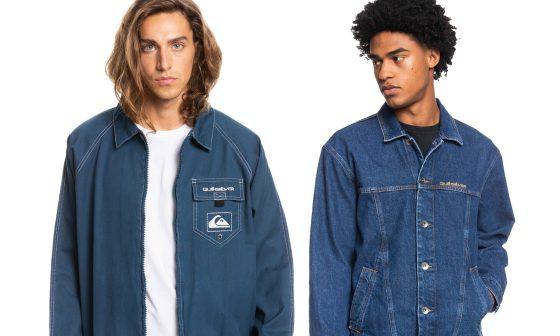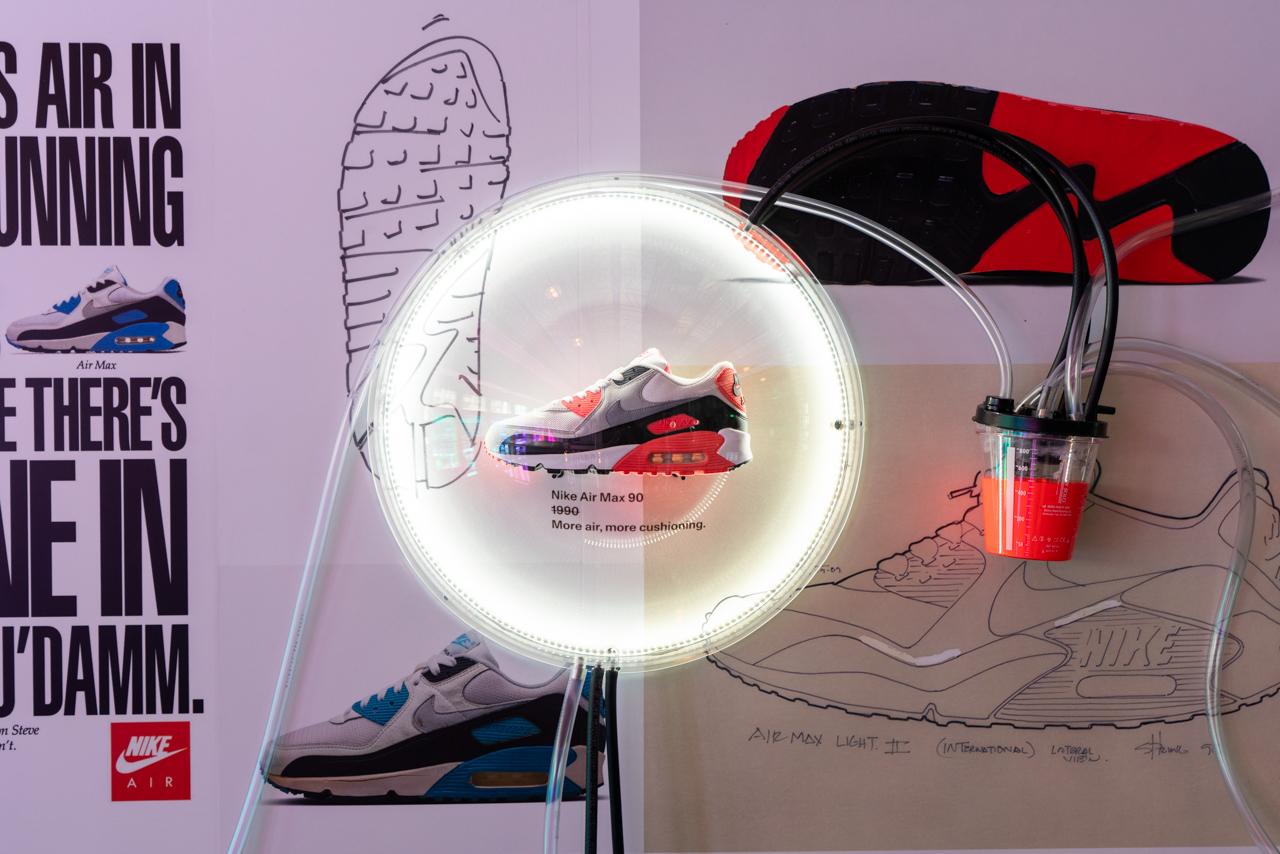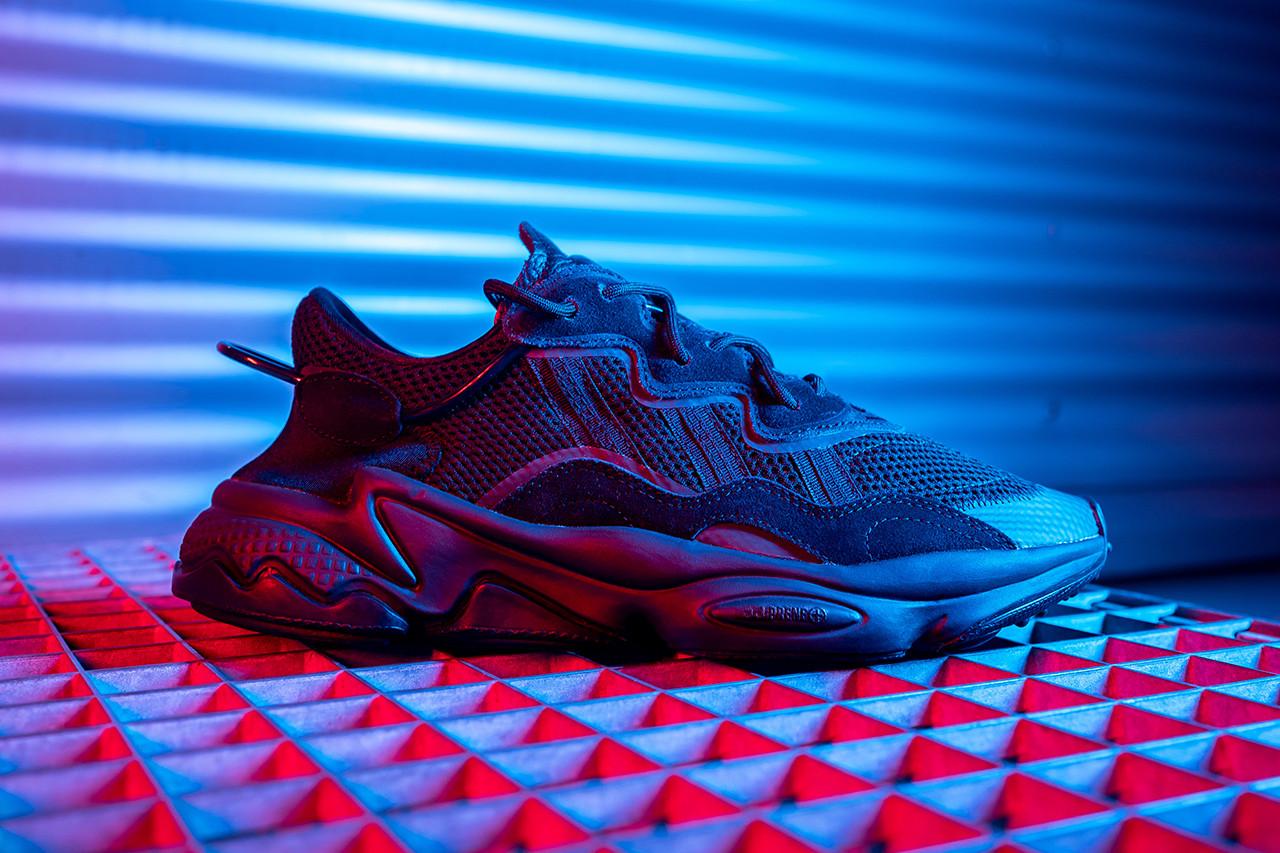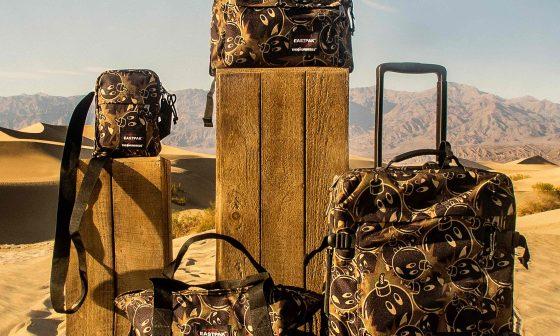Street art has long been a form of expression that thrives in urban environments, adding color, messages, and culture to public spaces. Once considered a rebellious and subversive form of creativity, it has increasingly found a home in the mainstream. Over the past decade, street art has started influencing high fashion in profound ways, merging two worlds that may have seemed unrelated at first glance.
From bold graffiti prints on designer garments to entire fashion collections inspired by murals and street culture, the relationship between street art and high fashion has evolved dramatically. This article will explore how this dynamic has grown in recent years and where the future of this relationship is heading.
The Early Roots: Street Art’s Journey into Fashion
The influence of street art on high fashion began to take shape as early as the 1980s when artists like Jean-Michel Basquiat and Keith Haring broke out of the confines of urban walls and into the art world. Both artists famously merged graffiti-style visuals with fine art, becoming icons who blurred the line between street culture and the high-end art scene. Their work eventually caught the attention of major fashion houses.
By the late 1990s and early 2000s, streetwear brands like Stüssy, Supreme, and A Bathing Ape had become pioneers in combining street culture with fashion. They laid the groundwork for collaborations between street artists and fashion designers. What started in streetwear eventually paved the way for collaborations with high fashion labels, and street art’s influence began to infiltrate luxury runways.
Recent Collaborations: Merging the Street with the Runway
One of the clearest ways street art has impacted high fashion is through collaborations with designers. In recent years, high-end brands have actively partnered with well-known street artists to create unique collections that combine urban art with luxury fashion.
For example, the iconic fashion house Louis Vuitton worked with artist Stephen Sprouse to create a graffiti-inspired collection that featured bright neon tags across its handbags and apparel. More recently, Virgil Abloh, former artistic director of Louis Vuitton, integrated graffiti motifs and street culture aesthetics into his collections, drawing direct inspiration from street art for high-fashion pieces.
Similarly, brands like Dior, Gucci, and Balenciaga have embraced collaborations with street artists and graffiti-inspired designs. These partnerships often result in limited-edition collections that fuse high fashion with the raw energy of street art, creating pieces that are both exclusive and reflective of urban culture.
Why the Intersection Works: Art, Culture, and Exclusivity
There are several reasons why street art and high fashion have become so deeply intertwined in recent years:
- Cultural Relevance: Street art is inherently connected to the urban experience. It conveys messages of rebellion, social commentary, and empowerment—qualities that resonate with the ethos of contemporary fashion. Both street art and high fashion are visual forms of storytelling, and when combined, they often make bold statements that reflect the cultural zeitgeist.
- Exclusivity and Scarcity: High fashion thrives on exclusivity, and street art often shares this same appeal. Graffiti is typically ephemeral, with pieces disappearing as quickly as they are created. Similarly, high fashion collections are often produced in limited quantities, making them highly coveted. When a fashion house collaborates with a street artist, the result is an exclusive product that appeals to both art collectors and fashion aficionados.
- Authenticity and Raw Expression: Street art is known for its authenticity and its ability to speak truth to power in a raw, unfiltered way. High fashion, though polished and refined, often seeks to incorporate these elements to appear edgy and relevant to younger, urban audiences. By adopting street art aesthetics, high fashion brands can tap into the authenticity that resonates with the modern consumer.
Street Art as Fashion: More Than Just Prints
Street art’s influence on high fashion goes beyond just graffiti-style prints on jackets and handbags. Some fashion designers have gone further, incorporating the very concepts and techniques of street art into their design processes. For example, live graffiti installations have been featured as part of fashion shows, with street artists creating artwork in real-time on models or backdrops.
Alexander McQueen, known for his innovative and theatrical shows, famously presented a collection where models were spray-painted by robotic arms during the runway performance. The fusion of live street art techniques and high fashion craftsmanship signaled that the two art forms could coexist in ways far beyond simple patterns or motifs.
Furthermore, some fashion designers have used their collections as platforms to highlight the social and political messages often conveyed by street art. This is particularly relevant in an era where fashion is being used more and more as a medium for political expression and activism.
The Future of Street Art in High Fashion
As we look toward the future, the relationship between street art and high fashion is likely to continue growing, driven by several key trends:
- Digital and Virtual Fashion: As fashion increasingly moves into digital spaces, we may begin to see street art influencing virtual fashion. Digital clothing and NFTs (non-fungible tokens) have started to blur the line between physical and virtual fashion items. In the virtual world, street art’s bold and colorful aesthetics could take on new life as digital fashion pieces that exist purely in the digital realm.
- Sustainability and Upcycling: With the rise of sustainability in fashion, designers are increasingly turning to upcycling and repurposing materials. Street art, with its roots in using available spaces and unconventional mediums, aligns well with this movement. We could see a future where street art-inspired designs focus on reimagining and repurposing older fashion pieces into something new and bold.
- Continued Collaborations: Expect more high-profile collaborations between street artists and major fashion houses. As luxury fashion continues to seek new ways to stay relevant to younger, more socially-conscious consumers, street art will remain a valuable resource for injecting fresh, authentic energy into collections.

The Future of Fashion: Street Art’s Lasting Impact
Street art and high fashion may have started in vastly different worlds, but their convergence has created a powerful new form of artistic expression. What began as graffiti on urban walls has now found its way to some of the world’s most prestigious runways. This merging of the street and the high-end fashion world reflects the constantly evolving nature of culture and art.
As street art continues to influence high fashion, the future holds exciting possibilities for further innovation, pushing the boundaries of creativity. In a world where art, culture, and fashion increasingly overlap, the relationship between street art and high fashion is not just a trend but an enduring dialogue that will shape the future of both industries.

